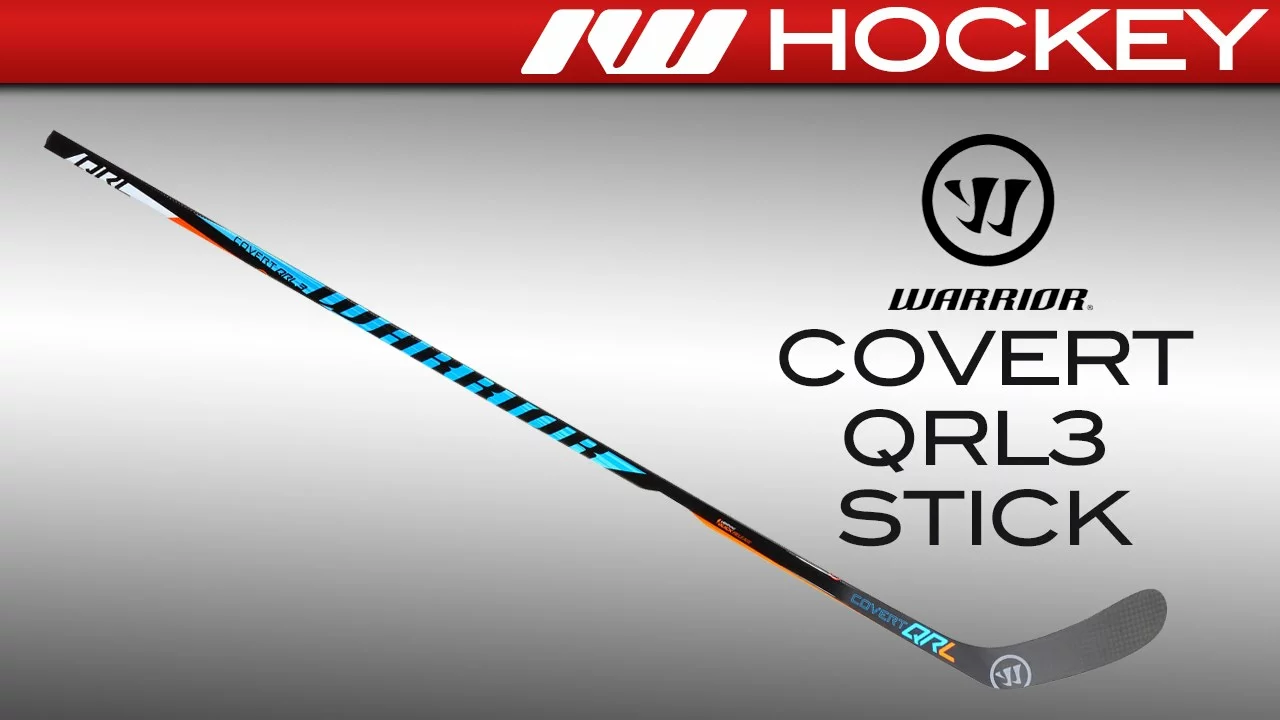Sports Equipment Reviews – Find the Right Gear
Welcome to the hub where we cut through the hype and give you straight‑forward advice on sports gear. Whether you're hunting for a new stick, a pair of shoes, or the latest protective kit, we keep it simple and useful. Let’s start with the most common question on any rink: how do you tell a good hockey stick from a bad one?
How to Spot a Quality Hockey Stick
First off, look at the material. Top‑level sticks are usually built from carbon‑fiber composites or a mix of carbon and aramid. These layers keep the stick light while delivering the stiffness you need for a hard slap shot. If the shaft feels cheap or flimsy, it’s probably a lower‑grade wood or thin plastic – not ideal for fast play.
Next, check the flex rating. Flex is the amount the shaft bends when you load it with power. A lower number (like 70) is softer and helps players who rely on quick wrist shots. Higher numbers (90‑115) suit stronger players who want a hard, powerful hit. The sweet spot is where the stick feels ‘just right’ in your hands – not too loose, not too stiff.
Blade curve matters too. A deeper curve helps lift the ball, while a flatter curve gives you better control on the ground. Most brands label the curve with a letter or number; try a few in a store to see which feels natural for your style. Remember, the curve should match the position you play – defenders often like a slight curve for passing, forwards may prefer a pronounced one for flicks.
Finally, length. Stand the stick upright next to your body; the top should reach somewhere between your chin and nose. If you’re a forward who likes fast stickhandling, a slightly shorter stick can give you quicker hands. Defenders might go a touch longer for better reach. Adjusting length by a few centimeters can change how comfortable you feel on the rink.
Other Gear Tips and Quick Checks
While the stick gets most of the attention, other equipment deserves a quick look. Boots should fit snugly but not pinch – you want firm ankle support without cutting off circulation. Skins (the protective pads) need to cover key zones: hips, thighs, and shins. If you notice any gaps, it’s a sign they’re too small or the stitching is off.
When you’re eyeing a new stick, grab a few different models and take a few practice swings. Feel the balance point; a well‑balanced stick feels even in your hands, not heavy at the toe or heel. Also, listen for a solid ‘click’ when you snap the shaft – that’s a sign the composite layers are bonded well.
Feel free to drop a comment or question below. We love hearing what works for you and what doesn’t, so we can keep updating these quick guides. Happy gear hunting, and may your next stick give you that perfect blend of power and control!

Whats the best way to tell a good hockey stick from a bad one?
Hey there, hockey fans! You know, picking a good hockey stick is like finding a perfect dance partner, it’s gotta have the right moves! First off, check the material; top-notch sticks are usually made from composite materials like carbon fiber. Now, tap into your inner Goldilocks when it comes to the flex and curve of the blade, it should be just right—not too stiff, not too curved. Lastly, remember the length should match your height and playing style. So, go forth and find your perfect hockey dance partner!
Read More